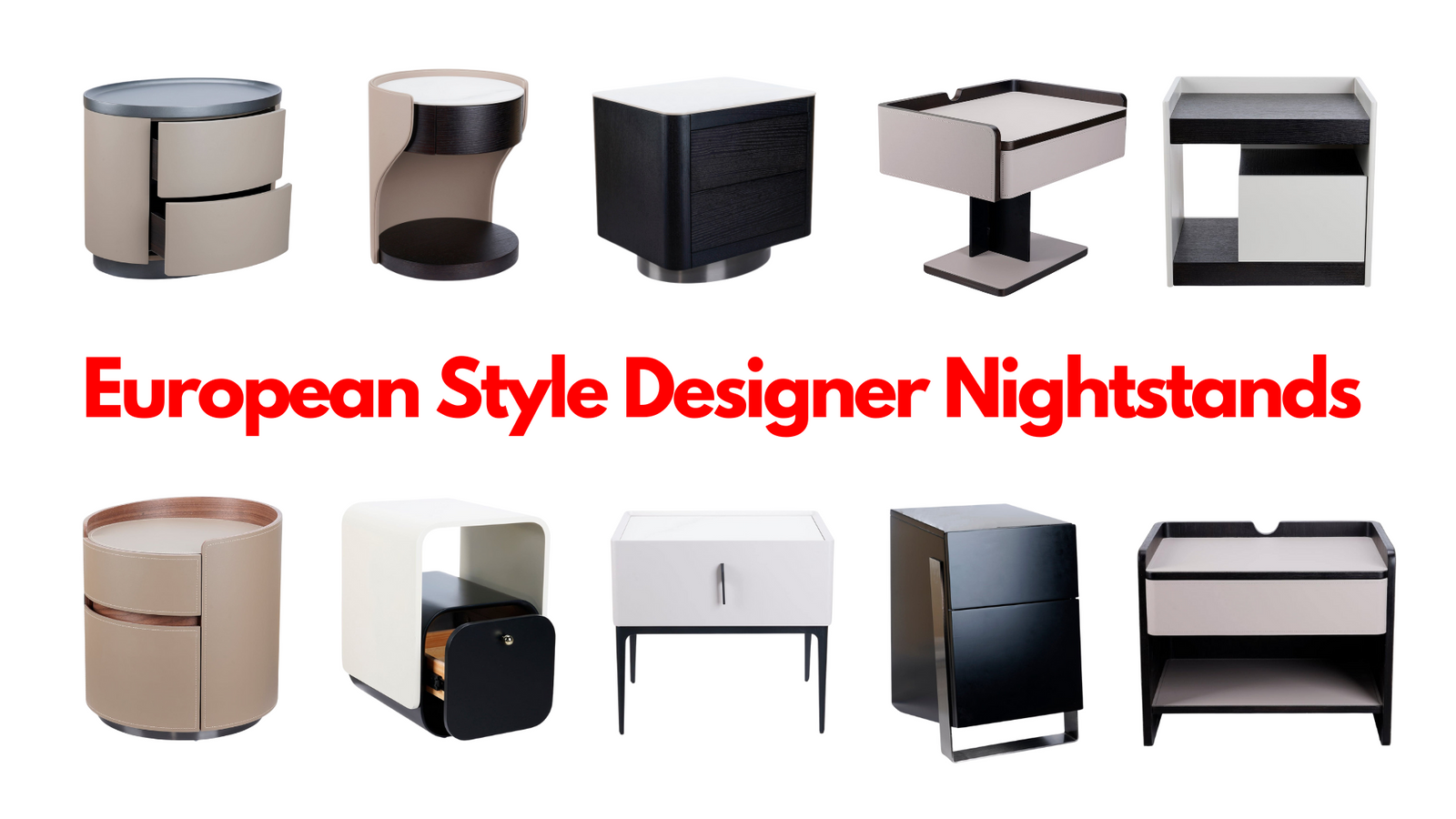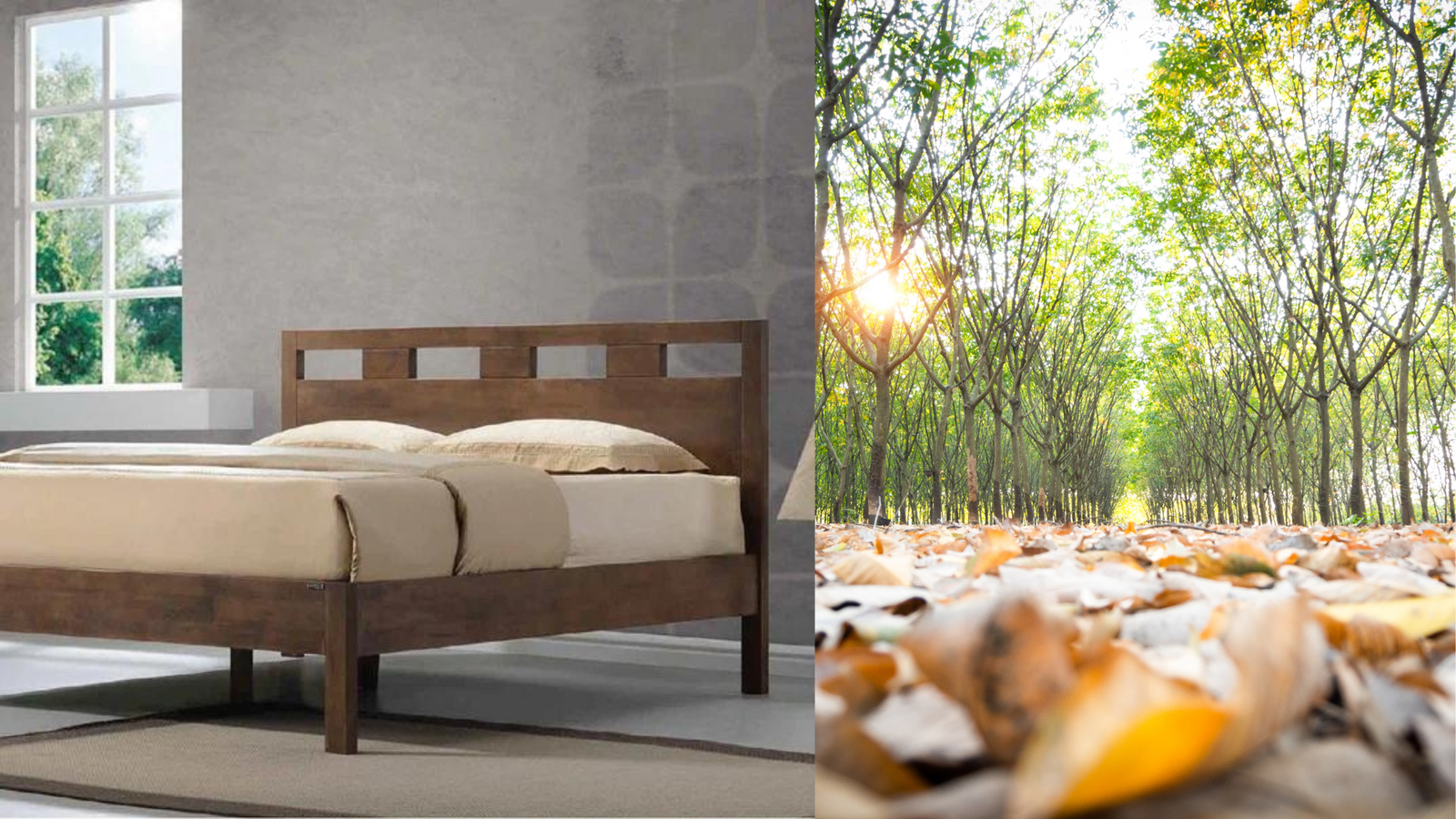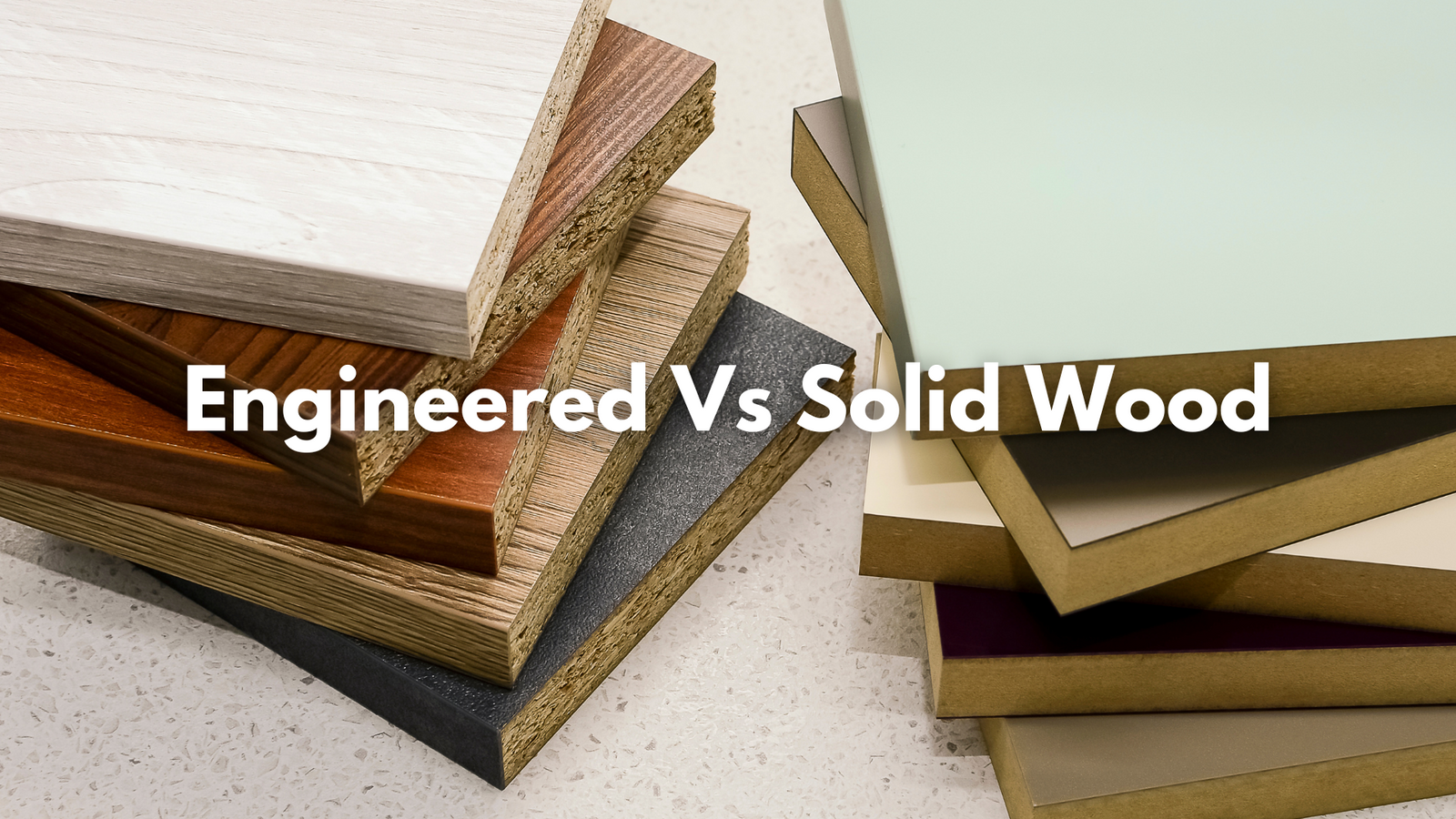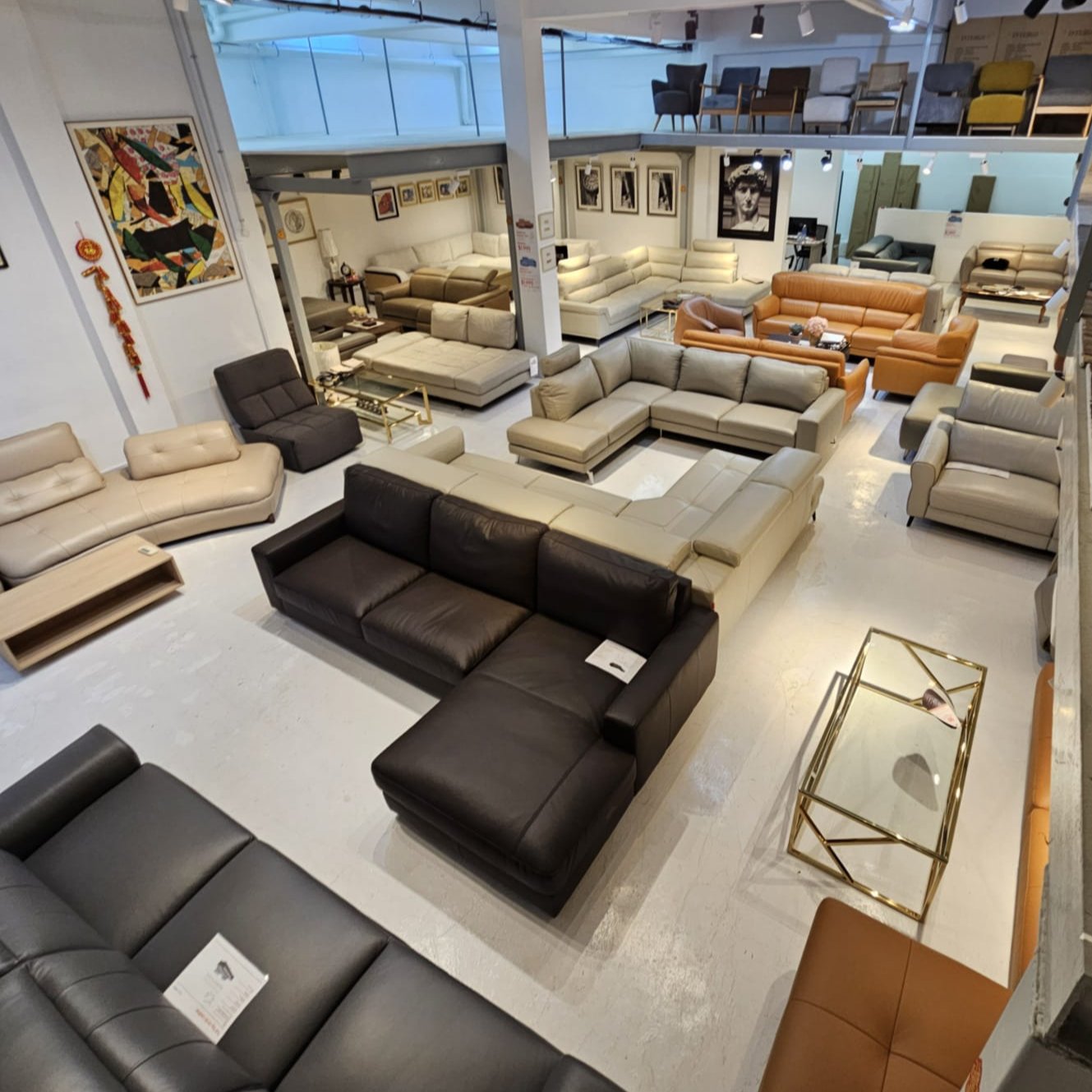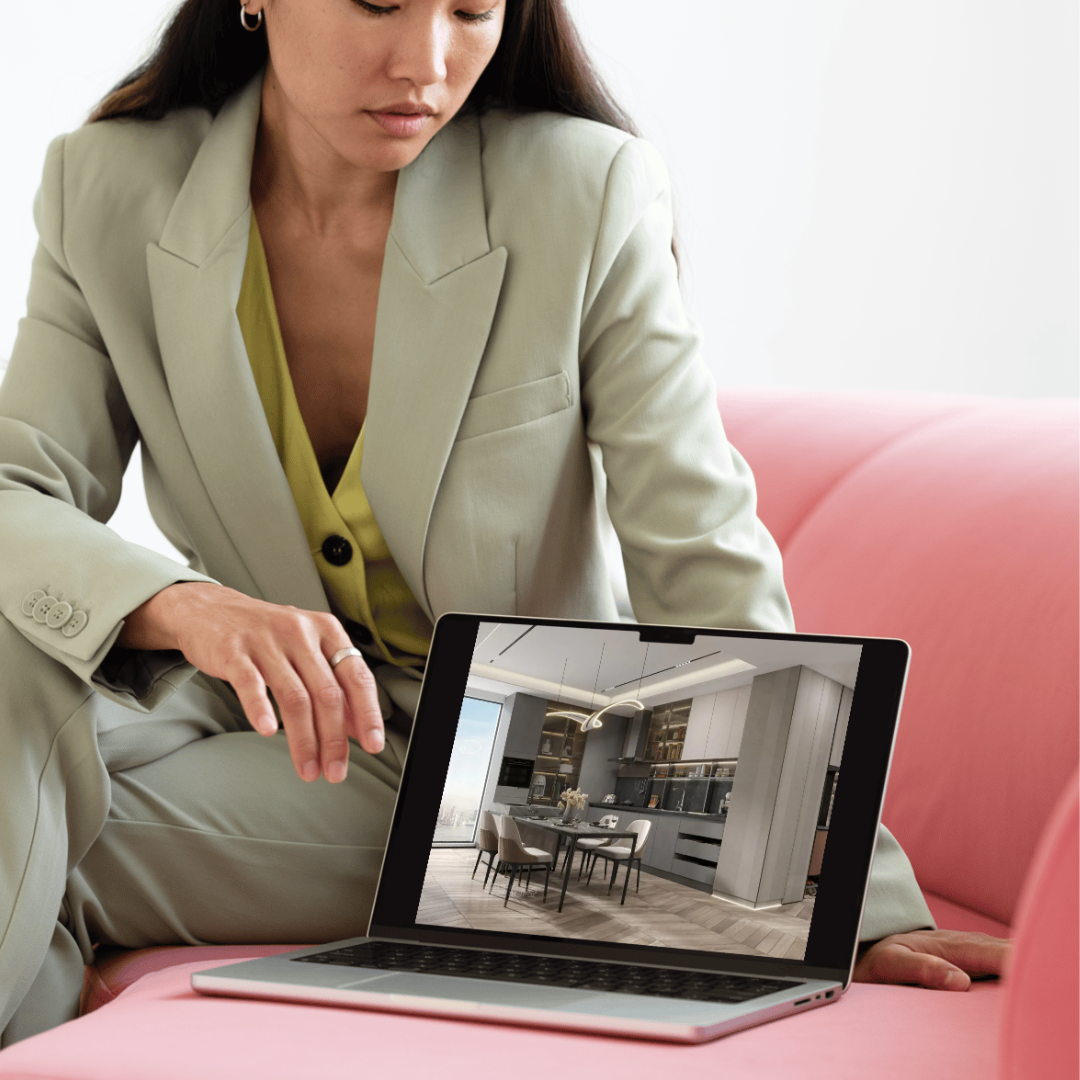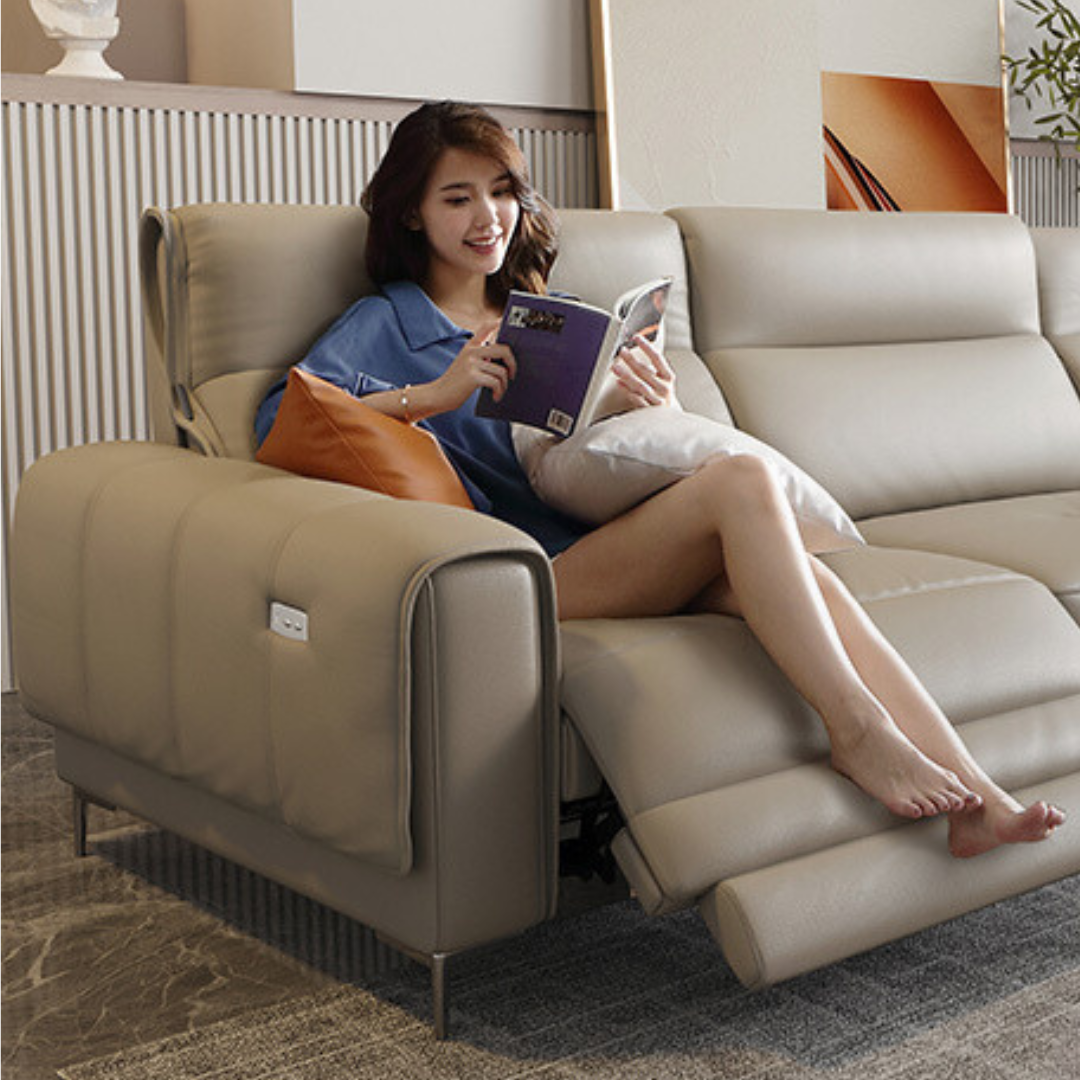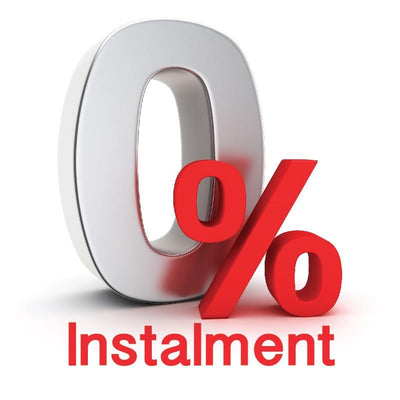Creating a custom wardrobe involves careful planning and consideration to ensure that every detail contributes to a functional and stylish space. A detailed custom wardrobe design checklist helps streamline the process, covering essential elements from initial planning to final installation. By addressing each aspect systematically, you can avoid common pitfalls and ensure that your wardrobe meets all your storage and aesthetic needs.
Initial Planning
| Task |
Details/Considerations |
Status |
| Consult a designer or contractor |
Choose a designer who can create 3D visualizations for better decision-making and accurate costing. Use a custom wardrdrobe design checklist. |
|
| Assess available space and layout |
Measure the room, account for obstacles (windows, doors), and decide on the best layout for storage needs. |
|
| Define wardrobe style |
Choose between a built-in, walk-in, or freestanding wardrobe, and ensure the design integrates with the room’s décor. |
|
| Consider site prep (floor and wall) |
Check for embedded gas, water, or electrical lines. Ensure the floor is level before installation. |
|
| Move existing electrical fixtures |
You may need to move or adjust lighting, ceiling fans, and light switches, especially for floor-to-ceiling and wall-to-wall wardrobes. |
|
Materials
| Task |
Details/Considerations |
Status |
| Select wardrobe material |
Options include MDF, plywood, solid wood, or laminated boards based on durability and aesthetic preference. |
|
| Choose finishes |
Choose from matte, gloss, or woodgrain finishes to complement the room décor. |
|
Colors
| Task |
Details/Considerations |
Status |
| Decide on wardrobe colors |
Opt for a single-tone, two-tone, or woodgrain design to match your color scheme. |
|
Doors
| Task |
Details/Considerations |
Status |
| Choose door type |
Options include sliding, swing, bi-fold, or glass doors. Consider mirrored doors for full-length reflections or doors without mirrors. |
|
| Select door configuration |
Decide whether to use full-height sliding doors or swing doors for top cabinets. |
|
Hardware
| Task |
Details/Considerations |
Status |
| Pick quality hinges and runners |
Ensure smooth functionality and durability for sliding doors, swing doors, and drawers. |
|
| Select handles and knobs |
Choose from a variety of styles and finishes that complement the overall design. |
|
Interior Design
| Task |
Details/Considerations |
Status |
| Plan for hanging space |
Determine the ratio of hanging space to shelves based on clothing storage needs. |
|
| Incorporate shelves and drawers |
Shelves for folded clothes, drawers for socks, undergarments, and accessories. |
|
| Add jewelry drawers, tie holders, and compartments |
Include pull-out trays or organizers for jewelry, ties, socks, and underwear for better organization. |
|
| Plan for shoe storage |
Add a dedicated shoe rack for easy access, especially if you have a large collection. |
|
| Design for shared wardrobes |
If shared, agree on the ratio of hanging area and shelving between users to meet both needs. |
|
Lighting
| Task |
Details/Considerations |
Status |
| Plan for built-in lighting |
Integrate LED strips or motion-activated lighting for better visibility. Ensure it doesn’t interfere with the wardrobe structure. |
|
Final Checks
| Task |
Details/Considerations |
Status |
| Conduct a final walk-through |
Ensure all elements align with your needs and the design is fully functional. Confirm that doors, drawers, and lighting operate smoothly. |
|

Custom Wardrobe Collection
A well-executed wardrobe design not only enhances the functionality of your space but also complements your home's overall aesthetic. By using this comprehensive custom wardrobe design checklist, you ensure that all critical aspects are covered, from material selection to final adjustments. With meticulous planning and attention to detail, you can create a wardrobe that not only meets your practical needs but also adds a touch of elegance to your living space.
Follow our facebook page for the latest deals.



